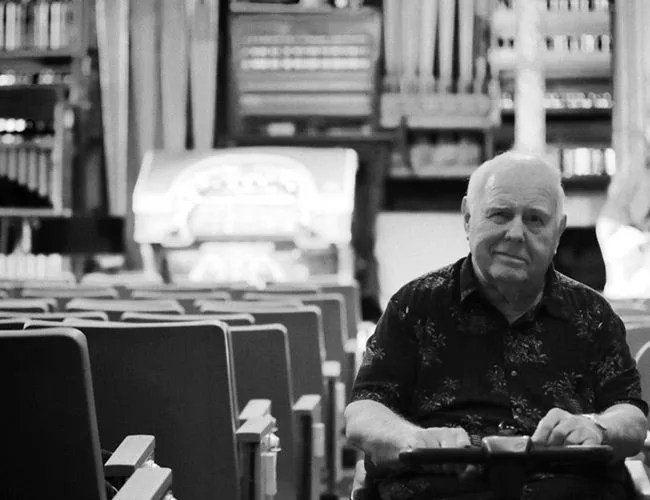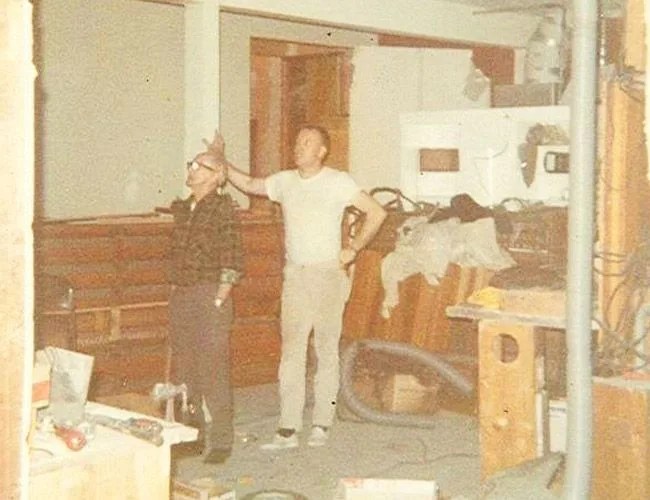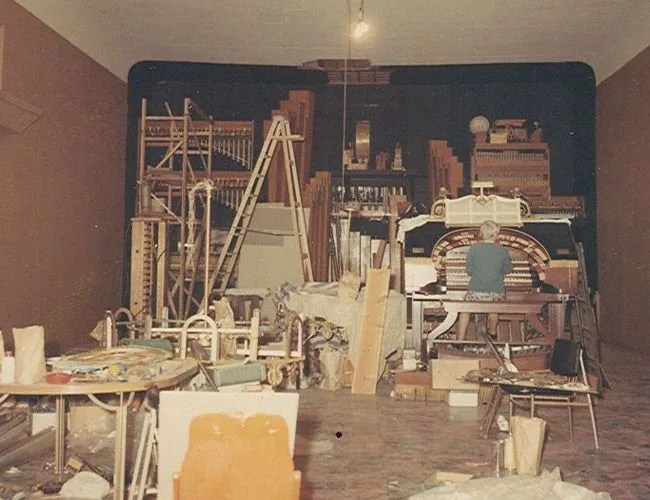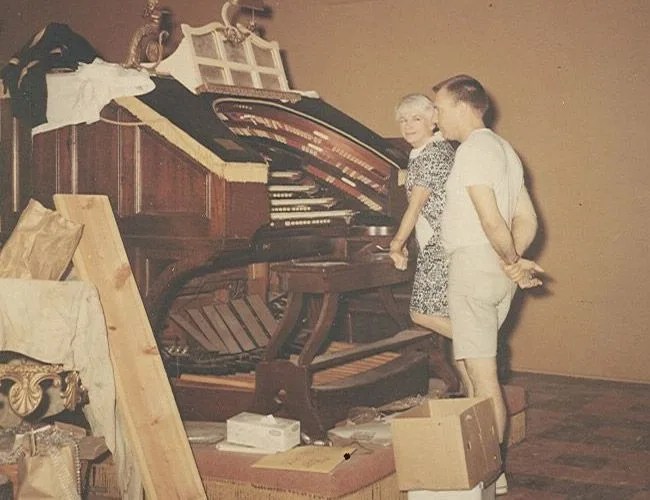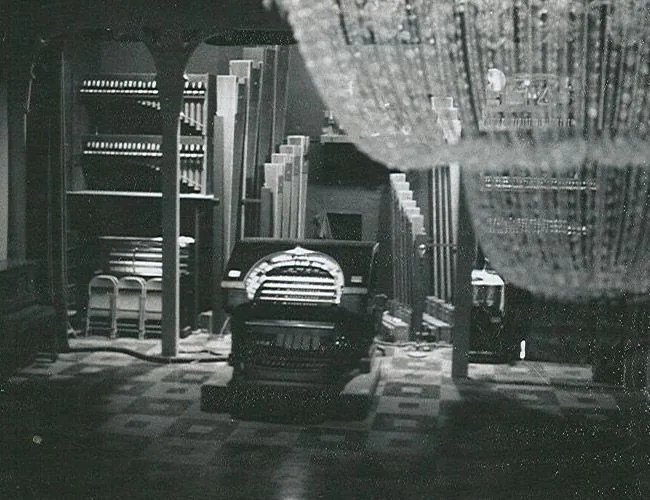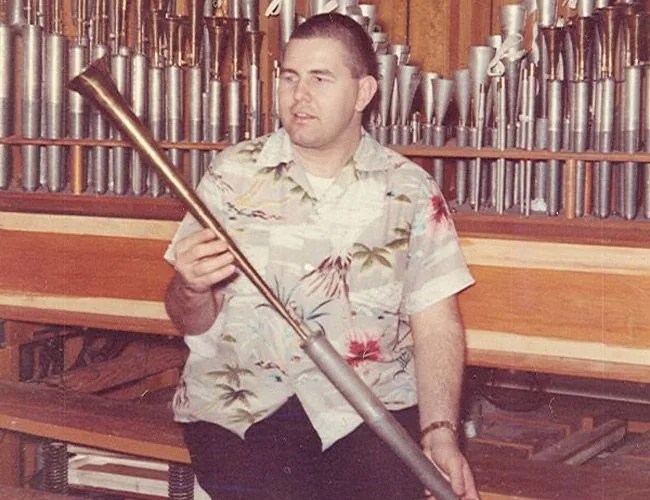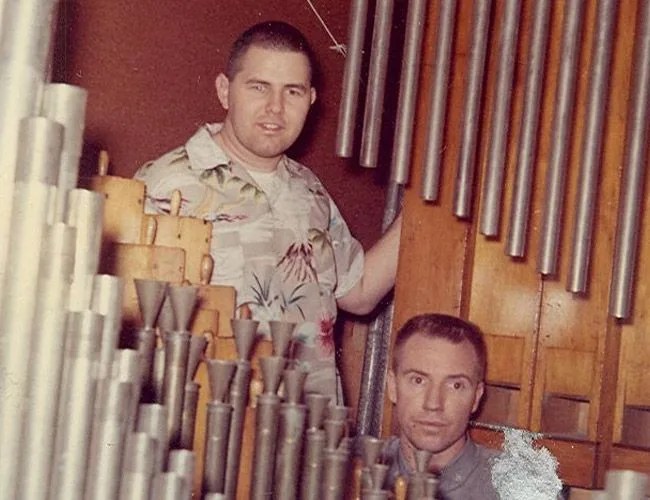Tucked away in the quiet industrial surf town of El Segundo, California, stands a cozy theater that has been around since 1921. Within that theater sits a rare gem, something that most of us no longer associate with movies at all. It’s an organ — a massive one, a 1925 Mighty Wurlitzer, to be exact. And sitting before it, for much of the video above, is Bill Field, the player of this special instrument and owner of this special place.
HOW WE SHOT IT
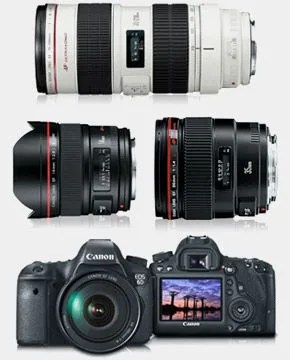
For our latest film, we used a combination of the new Canon EOS 6D DSLR camera ($1,999) paired with the perfect trio of lenses. Highly versatile and equipped with the latest Canon DIGIC 5+ processor, 20.2 megapixel full-frame sensor and an expansive ISO range (100-25600, expandable to 102400) the EOS 6D DSLR camera proved to be a perfect low-light partner. The story was heartwarming, but required working in a difficult filming environment: an old theater with dark nooks and crannies, deep lighting contrasts and other low-light conditions. To maximize our shots and limited time, we relied on fast glass: the Canon EF 35mm f/1.4L USM for well-framed shots, the EF 14mm f/2.8L IS USM for dramatic wide-angles and the EF 70-200mm f/2.8L IS USM for long, panning shots.
The Lenses:
A. EF 35mm f/1.4L USM: The speed of the the EF 35mm f/1.4L USM is unparalleled. Paired with the wide ISO range of the EOS 6D DSLR camera, the rig yielded beautiful shots where others would have failed due to adverse conditions. The focus of a 35mm lens provides a perfect frame for just enough context while framing a shot.
